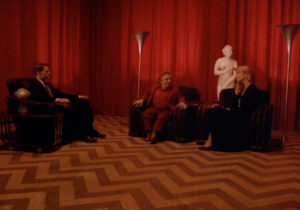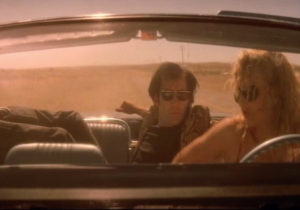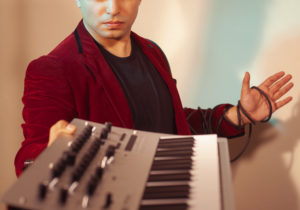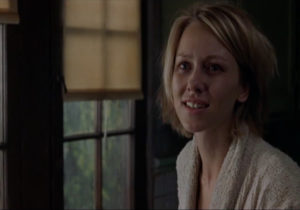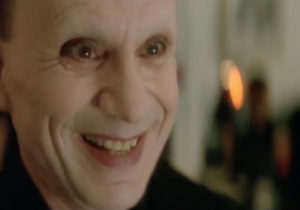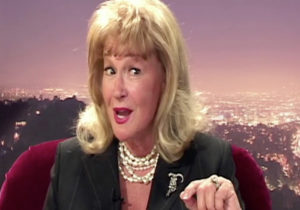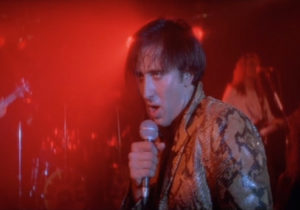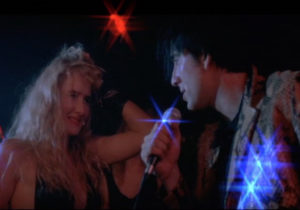Screen Obsessions
Feature
Pianist Zubin Kanga discusses his upcoming recital, inspired by classic films, video games and 80s hip hop
We are surrounded by screens, from the silver screens of the cinema, to our smartphones, a personal ‘black mirror’ in each of our hands. This recital explores what happens when we take these screen cultures as inspiration for new directions in music, creating new audio-visual experiences, and commenting on our wider cultural obsessions, from classic films, to video games to the recent wave of 80s nostalgia.
In the Criterion Collection works of Canadian composer, Nicole Lizée, DJ techniques, including turntable scratching and tape manipulation are used reshape and repurpose classic films. Each of the sets tackles the work of a major cinema-auteur, focusing on a set of key scenes from their major films, using looping, glitching and other distortions to generate musical materials out of the film score, dialogue and foley, which the piano elaborates and expands in a constantly morphing duet between stage and screen
I’ll be playing two of the major works from this collection. David Lynch Etudes focuses on the surreal and mind-bending films and TV shows of David Lynch. This major work includes famous scenes such as the ‘red room’ of Agent Cooper’s dream in Twin Peaks, but has many other highlights – Naomi Watts’ shivering in Mulholland Drive is matched by a shimmering, stammering texture in the piano, the laughter of the “Mystery Man” of Lost Highway turns into a nightmarishly lilting study, and Nicholas Cage’s over-the-top cover of Elvis Presley’s ‘Love Me’ at a nightclub in Wild at Heart, is looped into an increasingly menacing, contrapuntal waltz.
I’ll also be playing Lizée’s Scorsese Etudes (which I commissioned last year), a more compact set focusing just on scenes from Goodfellas and The Wolf of Wall Street. Highlights include Joe Pesci’s hot-headed Tommy DeVito threatening and shooting a fellow gangster, and Matthew McConaughey’s Wall Street banker beating his chest, creating a constant rhythm that Lizée develops into a bluesy piano loop, which gradually speeds up to a blinding tempo, a musical reflection of the character’s extreme cocaine habit.
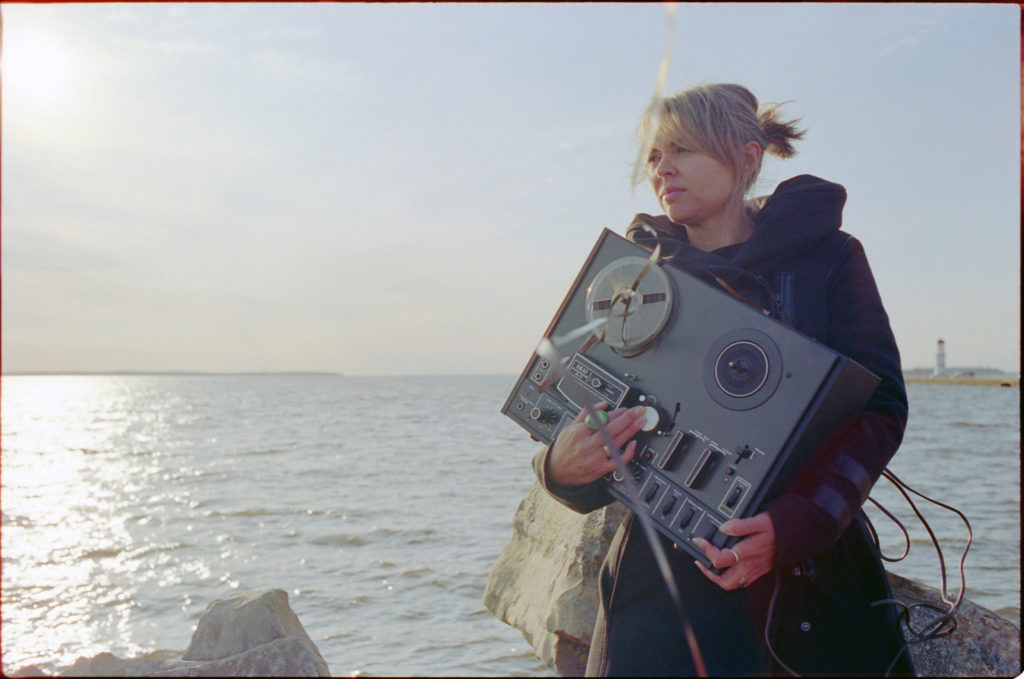
© Murray Lightburn
The recital also features new works by young composers who, like Lizée, explore how the sights, sounds and technologies of our past can be reappropriated to create new, ground-breaking multimedia music. Laurence Osborn has taken sounds from 80s pop and hip hop and uses them on a keyboard sampler on top of the piano, creating a hybrid instrument. He pushes this setup to the limit with double-manual contrapuntal virtuosity on the level of the great Baroque harpsichord work – a spectacular audio-visual dance of hands jumping between keyboards. Oliver Leith uses film in an entirely different way to Lizée, creating still, slow-moving scenes (night sequences reminiscent of a horror film, slow-motion dancing, a music box) with subtle links between these and the music, which draws from plainchant, jazz and Beatles songs, all stripped back to their bare essentials.
Finally, Australian composer Tristan Coelho’s Rhythm City uses a keyboard as a video sampler (similar to a video game controller). He manipulates films of Sydney’s airport, docklands, highways and kitchens, combining these with funky and minimalist piano writing in a boldly new, yet still wonderfully pianistic, interplay of sight and sound.
